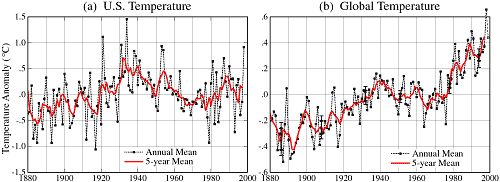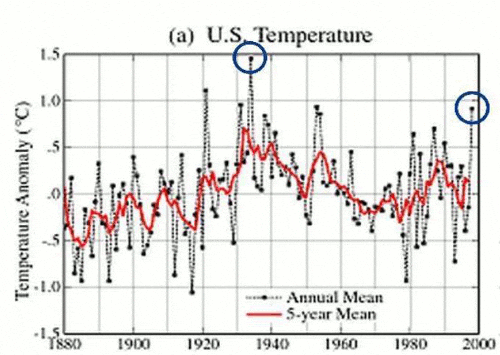
hmmmm....the graphs appear to be corrupted.
here is a copy

and of course the blink comparer to show how the data has been 'improved' since 1999

the internet seems to have caused a problem with the 'memory hole' (Orwell's 1984)
and BTW, did any of you see it being discussed in the media that last year was the 23rd warmest year on record in the US? no? did you hear that 2010 was tied for the warmest year? of course you did.
Last edited:




